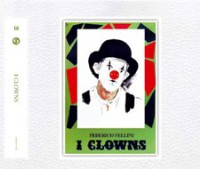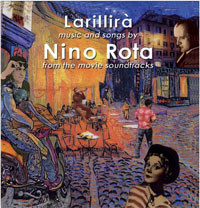On the centennial of the birth of Nino Rota (Milan, December 3, 1911), the Istituto Centrale per i Beni Sonori ed Audiovisivi (Central Institute for Sound and Audiovisual), in cooperation with GDM Music, wanted to produce this collection that documents part of his music production for films (from Treno Popolare of 1933 to Le Notti di Cabiria of 1957), in particular the music with more relevance and contacts with the song form and prior to the resounding success achieved in 1960 with Federico Fellini’s La Dolce Vita, which was the sixth collaboration between the Director from Rimini and the Martes from Milan. Since the beginning Nino Rota's film approach is, therefore, related to the song, even though, from time to time, he would continue to think at it in the form of musical accompaniment to the images, in its components of music and text, he eventually would choose to entrust to the music alone the power to underline the cinematic sequences, and he would give to his music a great expressive power and a suggestion of melancholy impact, often offset by the crime genre of musical themes, with which he loved to counterpoint the dominant theme of a film. And it was exactly the great expression of some of those themes to suggest the possibility that they could become songs, a condition that will accompany the music of Rota from the international success of La Strada to the great popularity achieved by the love theme in The Godfather, which at the first will top the Italian hit parade with the song Parla Più Piano and then, translated into English, it will top the American and British hit parades with Speak Softly Love. In the forties and fifties in Italy pop music was still primarily focused on the song, and much less on the performers. If anything were the orchestra conductors who were holding the singers the ranks of a staff and were handling them as if they were musicians, with that modicum more autonomous right the voice of the performers could demand as they were enjoying a stronger public image and an increasing popularity thanks to the arrival of the television. But the songs were, again, the center of attention, and it was thanks to this centrality that Sanremo (Italian Song Festival) was born (1951), but it began to disrupt the cards in favor of the performers, while keeping the center of his interest in the music composition and text. This explains the fact that the most popular songs had many interpreters, besides the artist who had made the first incision, and it is thanks to this custom that some of the musical themes composed by Nino Rota for the cinema become acclaimed songs. The creation of this record is also in accord with the policy of the Central Institute for Sound and Audiovisual, that is to promote and develop the heritage, from which all the tracks of this anthology come from, as they are taken from the 78 and 45 rpm discs, using a process of digital restoration made at the laboratory of electronic restoration of our Institute. Massimo Pistacchi Director of the Central Institute for Sound and Audiovisual
Tracklist
Prodotti consigliati
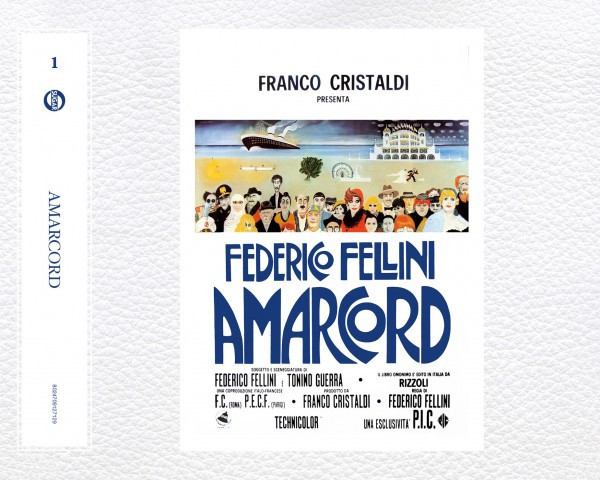
Amarcord
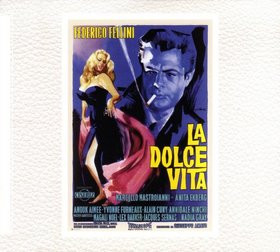
La dolce vita
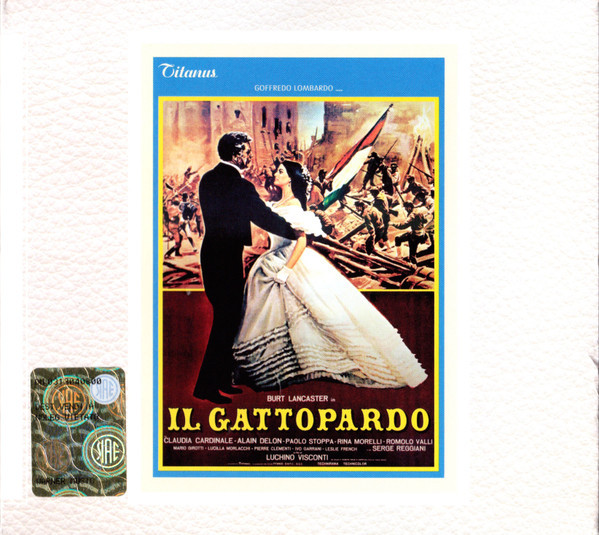
Il gattopardo
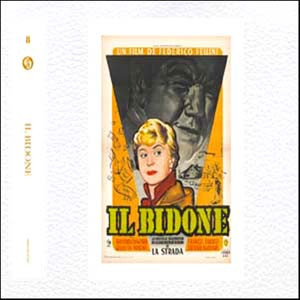
Il Bidone

Giulietta degli spiriti
